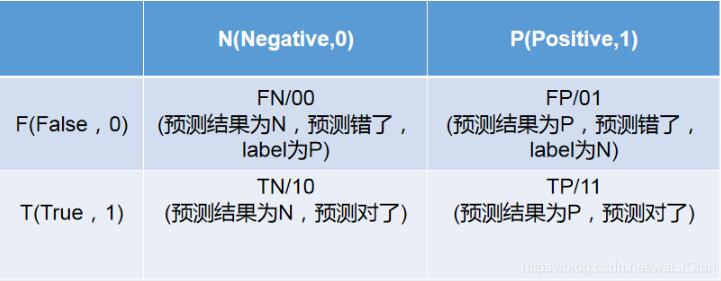python 使用多線程創(chuàng)建一個Buffer緩存器的實現思路
這幾天學習人臉識別的時候,雖然運行的沒有問題,但我卻意識到了一個問題
在圖片進行傳輸的時候,GPU的利用率為0
也就是說,圖片的傳輸速度和GPU的處理速度不能很好銜接
于是,我打算利用多線程開發(fā)一個buffer緩存
實現的思路如下
定義一個Buffer類,再其構造函數中創(chuàng)建一個buffer空間(這里最好使用list類型)
我們還需要的定義線程鎖LOCK(數據傳輸和提取的時候會用到)
因為需要兩種方法(讀數據和取數據),所以我們需要定義兩個鎖
實現的代碼如下:
#-*-coding:utf-8-*-import threading class Buffer: def __init__(self,size): self.size = size self.buffer = [] self.lock = threading.Lock() self.has_data = threading.Condition(self.lock) # small sock depand on big sock self.has_pos = threading.Condition(self.lock) def get_size(self): return self.size def get(self): with self.has_data: while len(self.buffer) == 0:print('I can’t go out has_data')self.has_data.wait()print('I can go out has_data') result = self.buffer[0] del self.buffer[0] self.has_pos.notify_all() return result def put(self, data): with self.has_pos: #print(self.count) while len(self.buffer)>=self.size:print('I can’t go out has_pos')self.has_pos.wait()print('I can go out has_pos') # If the length of data bigger than buffer’s will wait self.buffer.append(data) # some thread is wait data ,so data need release self.has_data.notify_all() if __name__ == '__main__':buffer = Buffer(3)def get(): for _ in range(10000): print(buffer.get()) def put(): a = [[1,2,3,4,5,6,7,8,9],[1,2,3,4,5,6,7,8,9],[1,2,3,4,5,6,7,8,9]] for _ in range(10000): buffer.put(a) th1 = threading.Thread(target=put) th2 = threading.Thread(target=get) th1.start() th2.start() th1.join() th2.join()

總結
到此這篇關于python 使用多線程創(chuàng)建一個Buffer緩存器的文章就介紹到這了,更多相關python 多線程Buffer緩存器內容請搜索好吧啦網以前的文章或繼續(xù)瀏覽下面的相關文章希望大家以后多多支持好吧啦網!
相關文章:
1. python 如何在 Matplotlib 中繪制垂直線2. bootstrap select2 動態(tài)從后臺Ajax動態(tài)獲取數據的代碼3. ASP常用日期格式化函數 FormatDate()4. python中@contextmanager實例用法5. html中的form不提交(排除)某些input 原創(chuàng)6. CSS3中Transition屬性詳解以及示例分享7. js select支持手動輸入功能實現代碼8. 如何通過python實現IOU計算代碼實例9. 開發(fā)效率翻倍的Web API使用技巧10. vue使用moment如何將時間戳轉為標準日期時間格式

 網公網安備
網公網安備